
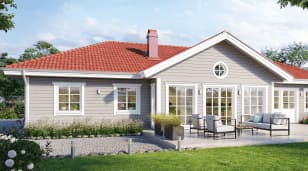
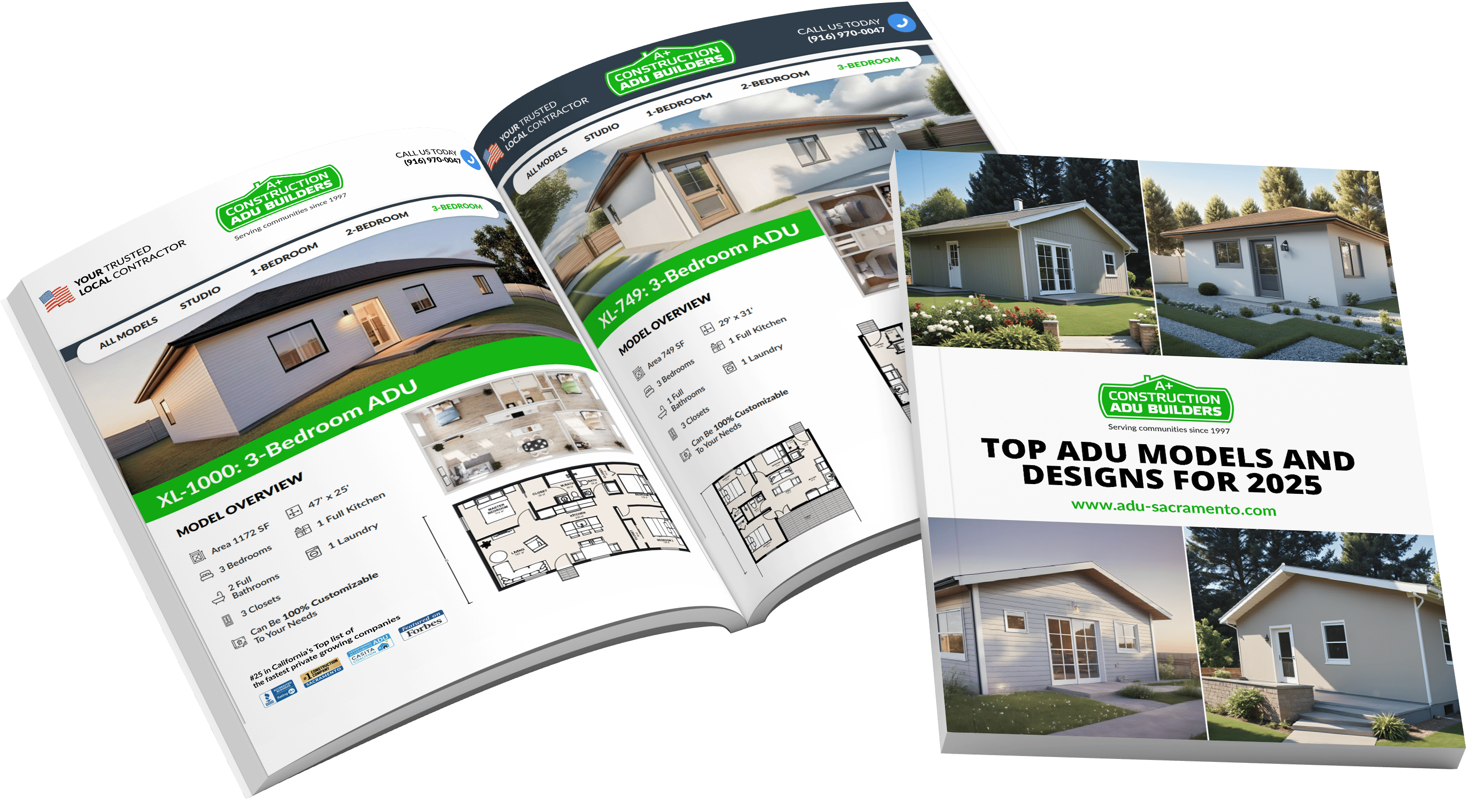


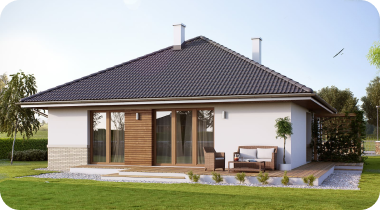
A link to download your FREE brochure will be in your inbox in 3 minutes
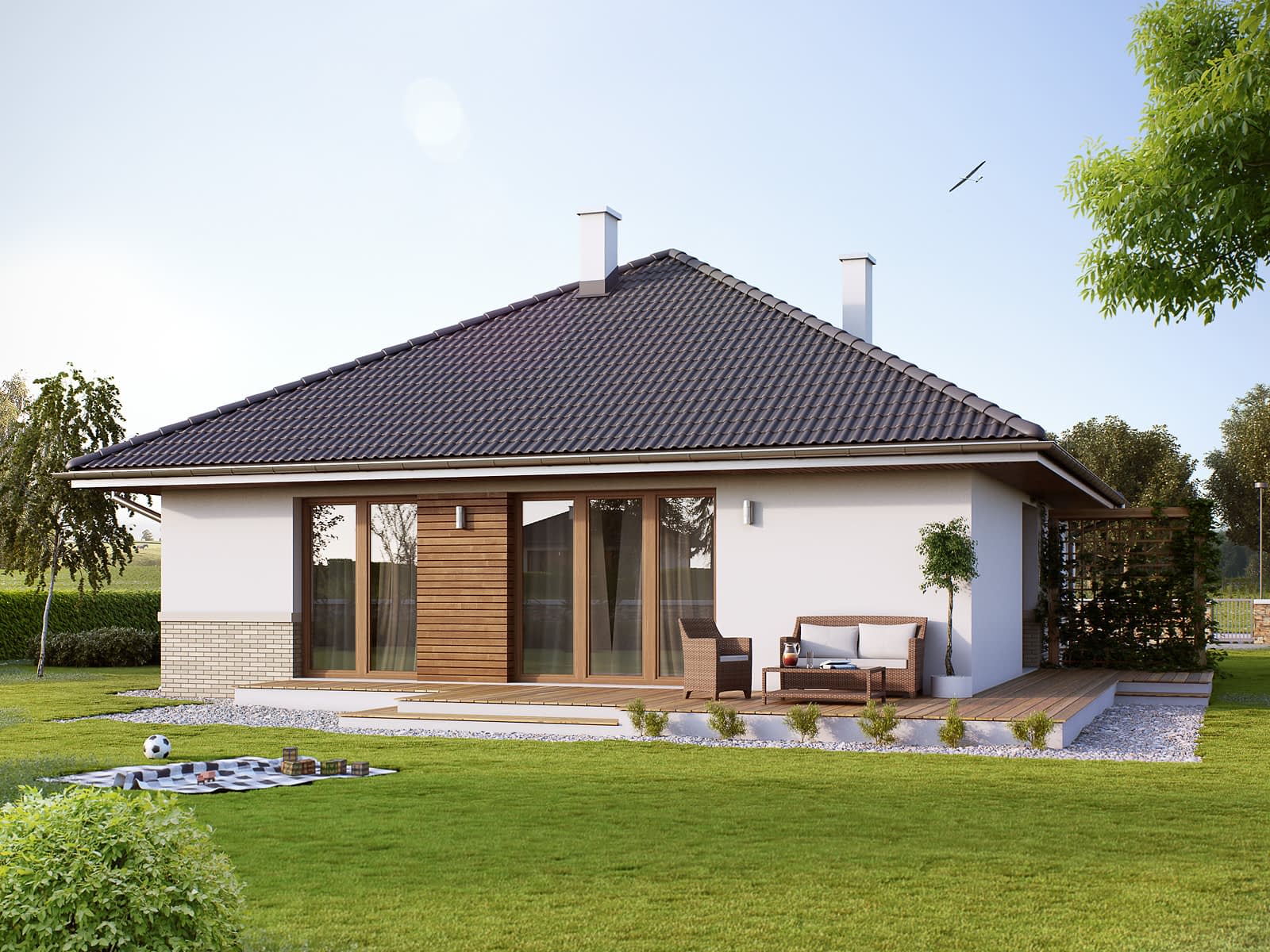


















The final price may vary based on project specifics.
To get a free accurate quote tailored to your needs, book a consultation with us today!

The price per square foot provided is an average and may vary depending on project-specific details such as materials, location, complexity, and other factors. Actual costs may differ from the average provided.
It is recommended to obtain a detailed quote based on the specific requirements of your project.

Please note that the monthly payment displayed on this page is an estimate and is subject to variation based on the selected loan product, applicants credit score, loan amount, and other financial details. Actual monthly payment may differ from the estimate provided.
It is recommended to seek advice from a financial advisor or loan officer to obtain precise payment information tailored to individual circumstances.
 Your Trusted
Local Contractor
Your Trusted
Local Contractor

In the diverse landscape of California, as waves crash against its coasts and redwoods pierce the skies, a tiny house revolution is unveiling. These tiny homes, scattered across California's picturesque backdrops, are more than mere living spaces; they stand as symbols of a movement that leans into simplicity, sustainability, and intimacy.
If you have been attracted by this cost-effective option for living space and are wondering what you need to build a tiny house, our step-by-step guide will definitely help you feel confident and be the final step before you start building your personal off-grid tiny house.
For most tiny homes, secure financing and careful calculation of the project cost is important, and here you will know how to do so as well as how to avoid possible mistakes.
In our contemporary world, where vastness often impresses, building a tiny home emerges not just as a DIY project but as a distinct icon of elegance and simplicity, reflecting the ethos of the tiny home community. This isn't merely a reduced replica of our everyday houses; it signifies a philosophical shift and the beginning of a tiny home build journey. Imagine crafting a tiny house design, a dwelling often not exceeding 500 square feet, positioned amidst nature or on a mobile trailer frame within the heartbeat of urban realms, all while navigating zoning laws.
But, within its confines and thoughtful floor plan integrating major appliances, it's a universe, capturing dreams, memories, and the pulse of life. Installing solar panels and employing construction skills, from wall framing to metal roofing, a tiny house on wheels becomes an antidote to the overwhelming noise of modern existence. With every tiny house step, whether it's ensuring a secure roof with rafters or deciding on the best roofing material, it's a gentle reminder that less space can lead to more meaningful living.
Seek professional help to avoid costly mistakes and ensure the electrical system and gas lines are set right. After all, building a tiny house isn’t just about the walls and the cost; it's a profound reflection of minimalism and the essence of life.
Tiny houses don't just impress with their size, but with the myriad advantages they encapsulate:
Embarking on your tiny home build journey is about molding a space that mirrors you.
For those keen on a hands-on approach, building a tiny house can be thrilling. Here are some steps for this build process:
Every building venture has potential pitfalls, and tiny home construction is no different:
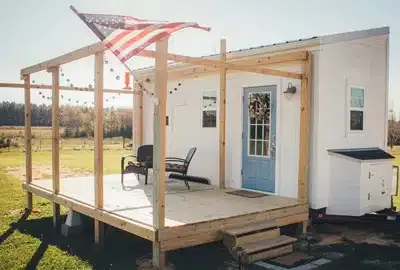
Your material choices dictate both the longevity and aesthetics of your tiny home:
From the rawness of materials to a haven, the journey is enthralling:
While the allure of building a tiny home yourself is undeniable, the expertise professionals bring is invaluable. They're familiar with the nuances, the legalities, and the art of optimizing every inch. With them, you're shielded against costly mistakes, ensuring your small space is safe, compliant, and impeccably carved. Entrusting the creation of your sanctuary to an expert ensures dreams are actualized with unmatched precision.
Crafting a tiny home in the vastness of California is akin to sculpting art. Every element, from walls to windows, tells a tale of dreams, hopes, and the pursuit of expansive living in compact spaces. As you tread this path, remember, each tiny house is a reflection of its creator.
Absolutely, when you decide to build a tiny house or a tiny house in California, you'll encounter specific guidelines and zoning laws tailored especially for such dwellings. This is due to the unique nature of tiny house design and the desire to keep these structures safe and compliant with local regulations. If you're considering building a tiny home on wheels or a stationary tiny house on a permanent foundation, you should be well-versed with these regulations.
The building process for a tiny home or tiny house can vary. On average, a DIY project for a tiny home can span a few months. However, if you're in a hurry and wish to save money without compromising quality, professional builders who have the necessary construction skills might wrap up the build process in a shorter duration.
Building a tiny house or home in California comes with its set of expenses. Depending on the materials, building costs, labor, and if you're including features like solar panels or special roofing material, the total cost can range anywhere from $30,000 to over $100,000. Always create a budget that includes both obvious and hidden costs, such as installing solar panels or the electrical system.
With proper planning, tiny homes can be incredibly sturdy. Using the right materials list, especially for roof rafters and wall framing, coupled with appropriate house wrap, ensures that tiny homes can withstand diverse weather conditions. Adding metal roofing and ensuring the roof is adequately sealed with water shields can further enhance safety.
Certainly! Many individuals opt for a tiny house plan that doesn't include a trailer frame. However, always cross-check local zoning laws and building codes before starting your tiny home build journey. Whether you're thinking of a mobile home or one on a permanent foundation, it's essential to be informed.
Plumbing in tiny homes, despite the less space, can be straightforward. With compact fixtures and a smart layout, integrating the water heater, gas lines, and other major appliances can be done seamlessly. Many tiny home communities also offer guidance on this.
Unlike most traditionally built homes that tend to appreciate, the value of tiny homes largely depends on factors like build quality, location on the land, and maintenance. If you build a tiny home on your land, the dynamics might differ.
While tiny homes and houses champion the idea of compact living, you can indeed have a functional kitchen. However, because of the limited living space, it might not match the size of traditional homes. Opt for space-saving major appliances and innovative floor plan designs to maximize the space.
Get a First Look at Real ADU Projects